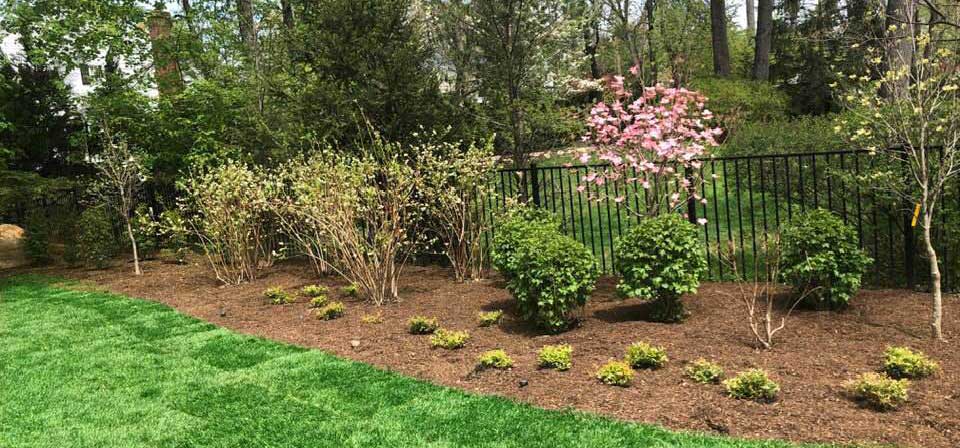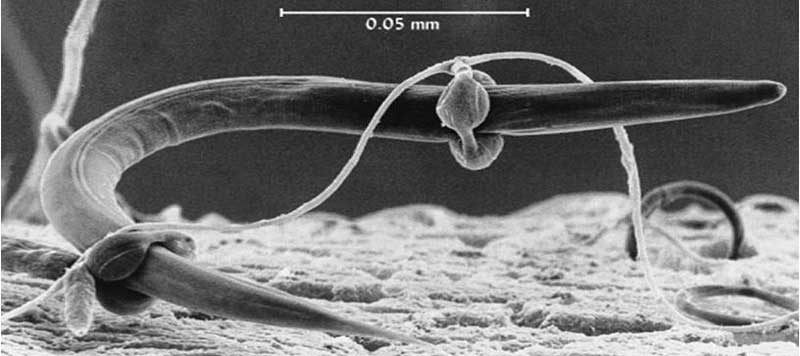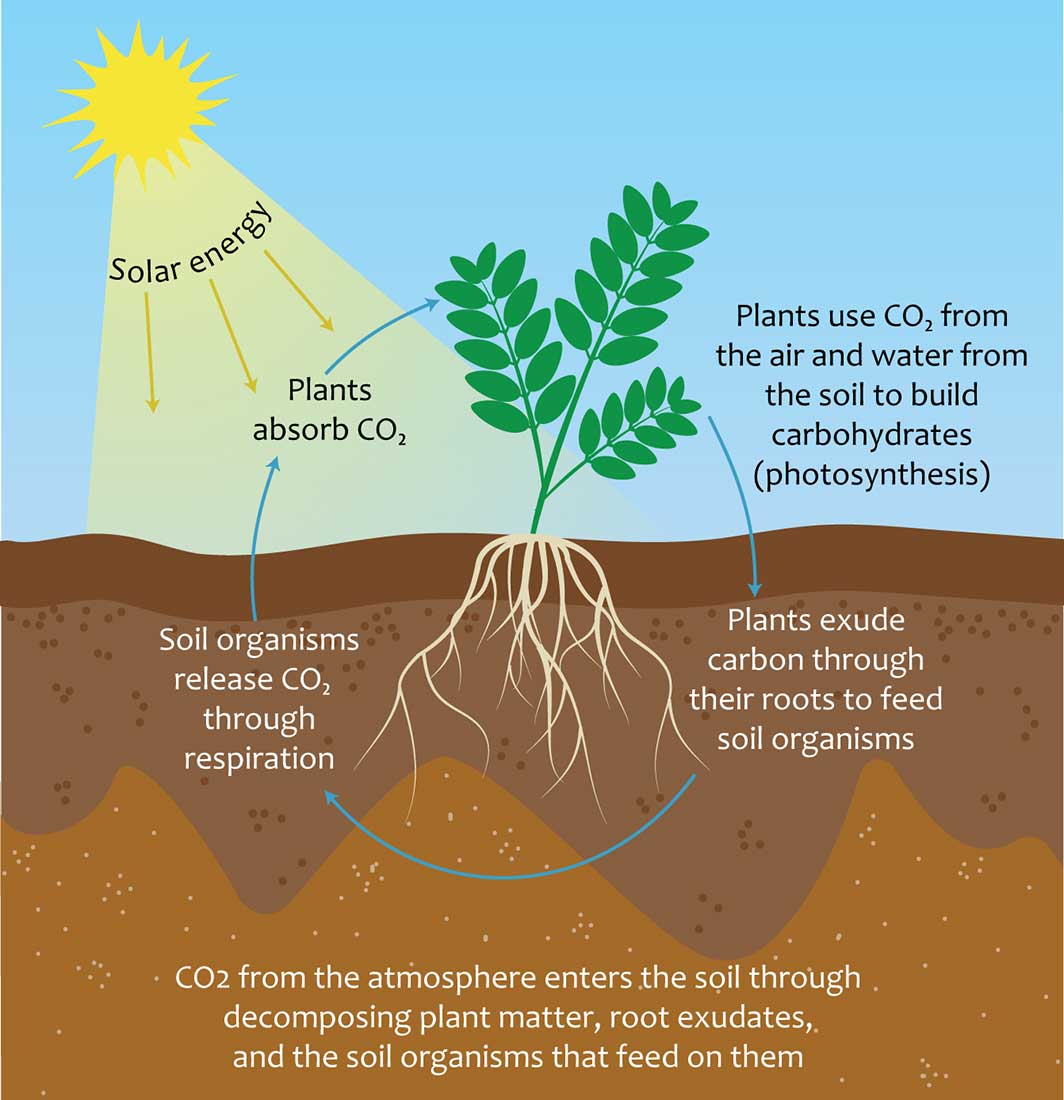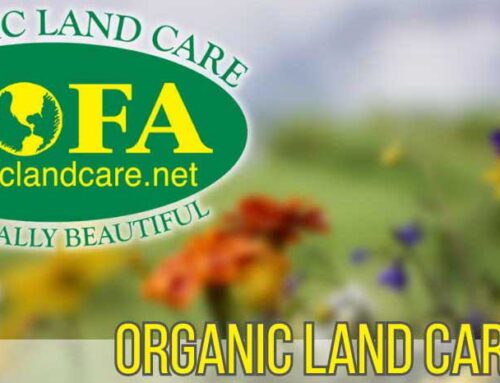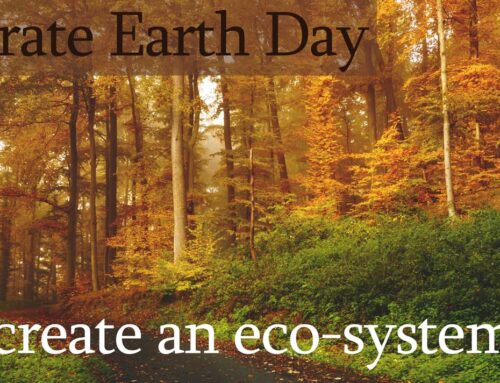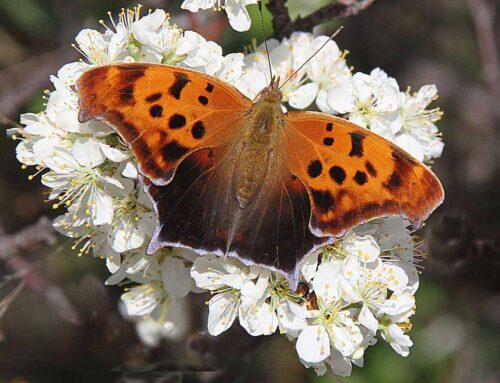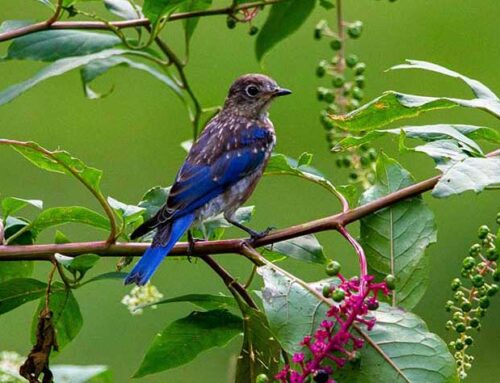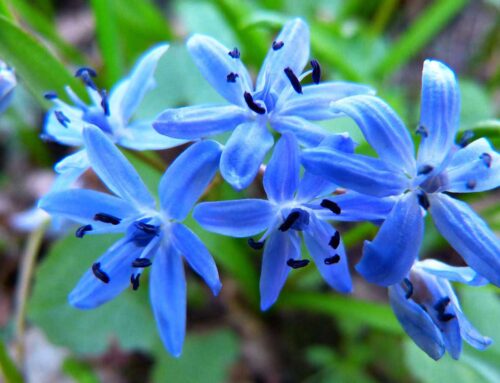Create A Suburban Ecosystem
thru Sustainable Landscaping
“Now, for the first time in its history, gardening has taken on a role that transcends the needs of the gardener. Like it or not, gardeners have become important players in the management of our nation’s wildlife. It is now within the power of individual gardeners to do something that we all dream of doing: to “make a difference.” In this case, the “difference” will be to the future of biodiversity, to the native plants and animals of North America and the ecosystems that sustain them.”
We’re All in This Together
With Spring just around the corner, the warmer weather will be beckoning many of us to get outside and plant some flowers around the residence. The big box stores will be filled to the brim and overflowing with landscaping plants available that are alien species from other countries. These plants, many of them annuals, not only sever the food web, but many have become invasive pests, outcompeting native species and degrading habitat in natural areas.
What you may wonder does my small backyard landscape have to do with climate change? The answer is a lot. Everything in the natural world is connected. An ecosystem is a community of living and non-living things that work together. Ecosystems have no particular size. An ecosystem can be as large as a desert or a lake or as small as a tree or a puddle. If you have a terrarium, that is an artificial ecosystem. The water, water temperature, plants, animals, air, light and soil all work together. If there isn’t enough light or water or if the soil doesn’t have the right nutrients, the plants will die. If the plants die, animals that depend on them will die. If the animals that depend on the plants die, any animals that depend on those animals will die.
Ecosystems in nature work the same way. All the parts work together to make a balanced system! An ecosystem can be defined as the biological community of living beings, communicating with the physical environment and other nonliving components. It can also be defined as the chain of communication or interaction between the living organisms and their environment.
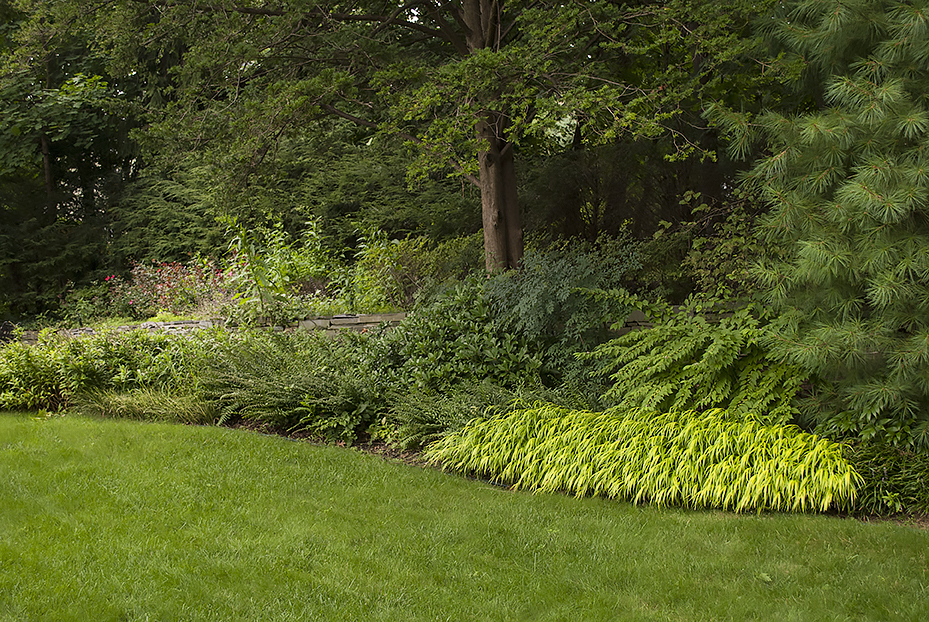 All home landscapes are in fact mini ecosystems that support life and provide habitat and nourishment for bees, insects, birds, small mammals such as chipmunks and squirrels and more. Your plants also replenish the atmosphere’s oxygen, they sequester carbon and filter groundwater. All important and necessary aspects of sustainable landscaping. By increasing the biodiversity of your residential landscaping, you are playing a role in combating both climate change and species loss.
All home landscapes are in fact mini ecosystems that support life and provide habitat and nourishment for bees, insects, birds, small mammals such as chipmunks and squirrels and more. Your plants also replenish the atmosphere’s oxygen, they sequester carbon and filter groundwater. All important and necessary aspects of sustainable landscaping. By increasing the biodiversity of your residential landscaping, you are playing a role in combating both climate change and species loss.
Plants are central to a functioning global ecosystem. Plants oxygenate the atmosphere and reduce atmospheric pollutants through the process of carbon sequestration. Ecological restoration in both residential and suburban environments is a primary strategy for mitigating the impacts of climate change. Native plant communities are not only key to the global ecosystem, but also crucial to environmental and human health at the residential and neighborhood scales. Homeowners who use native plants reduce the use of excess water, energy, and chemical fertilizers and pesticides that damage natural ecosystems as well as support pollinators.
Homeowners should be mindful of the quality of the soil on their property. Healthy soils are essential to plant and tree health and enable the infiltration of storm water into the ground. Years of development and construction can lead to layers of compacted soil that restrict movement of water and air, and limit root growth. Throughout the year we at Lincoln Landscaping promote and utilize compost and our own compost tea within our commercial projects, our playing fields and athletic fields, and within our residential properties with relation to both lawn and gardening and plant growth. We encourage and aid many a client in establishing a home compost pile and the maintenance and upkeep thereof.
Compost Tea is a Living Fertilizer
Compost Tea, in fact, is all the rave for gardeners who repeatedly attest to higher quality vegetables, flowers, and foliage. Compost tea is an aerobic water solution that has extracted the microbe population from compost along with the nutrients. In simple terms, it is a concentrated liquid created by a process to increase the numbers of beneficial organisms as an organic approach to plant/soil care. It is a liquid, nutritionally rich, well-balanced, organic supplement made by steeping aged compost in water.
Still a little curious? Peruse this workshop presented at Rutgers University by Michael Kolenut, President and Founder of Lincoln Landscaping, a NOFA Certified Organic Landscaper and Turf Management Professional located in Franklin Lakes.
Within this presentation you will find an in-depth and easy to read and follow understanding of Compost Tea and its many benefits within sustainable landscaping and gardening.
An ecosystem differs in their size, which can either be small as an oasis or vast as an ocean. The two main components of an ecosystem are:
Abiotic components – All nonliving components of an ecosystem, including air, water, light, soil, rocks, minerals, and nutrients are examples of abiotic components.
Parts and Pieces
What are the major parts of an ecosystem? An ecosystem includes soil, atmosphere, heat and light from the sun, water and living organisms. Soil is a critical part of an ecosystem. It provides important nutrients for the plants in an ecosystem. It helps anchor the plants to keep them in place. Soil absorbs and holds water for plants and animals to use and provides a home for lots of living organisms.
The atmosphere provides oxygen and carbon dioxide for the plants and animals in an ecosystem. The atmosphere is also part of the water cycle. Without the complex interactions and elements in the atmosphere, there would be no life at all!
The heat and light from the sun are critical parts of an ecosystem. The sun’s heat helps water evaporate and return to the atmosphere where it is cycled back into water. The heat also keeps plants and animals warm. Without light from the sun there would be no photosynthesis and plants wouldn’t have the energy they need to make food.
Without water there would be no life. Water is a large percentage of the cells that make up all living organisms. In fact, you may have heard that humans can go longer without food than they can without water. It’s true! Without water all life would die. In addition to being an important part of cells, water is also used by plants to carry and distribute the nutrients they need to survive.
Biotic components
The living components of an ecosystem are called the biotic components. Some of these factors include plants, animals, as well as fungi and bacteria. These biotic components can be further classified, based on the energy requirement source. Producers, consumers, and decomposers are the three broad categories of biotic components.
Producers are the plants in the ecosystem, which can generate their own energy requirement through photosynthesis, in the presence of sunlight and chlorophyll. All other living beings are dependent on plants for their energy requirement of food as well as oxygen.
Consumers include herbivores, carnivores, and omnivores. The herbivores are the living organisms that feed on plants. Beneficial carnivores eat other living organisms and aid in pest and disease control. Omnivores are animals that can eat both plant and animal tissue.
Decomposers are the fungi and bacteria, which are the saprophytes. They feed on the decaying organic matter and convert this matter into nitrogen and carbon dioxide. The saprophytes play a vital role in recycling the nutrients so that the producers i.e. plants can use them once again.
These decomposers, by completing their ecological functions complete the cycle as Mother Nature intended by putting this organic material back into the soil, which is where it all started to begin with!
Why you should plant native perennials instead of annuals
Low maintenance:
Once established, native plants generally require little maintenance. Native plants and native hybrids are adaptable and low-maintenance, and they are more likely to survive swings in temperature, rainfall, and humidity than cultivated ornamental and non-native plants. Further, native plants have mutually beneficial relationships with pollinators and wildlife, making them the best choice for a garden that provides food and habitat to support bees, birds, butterflies, and beneficial insects.
Beauty:
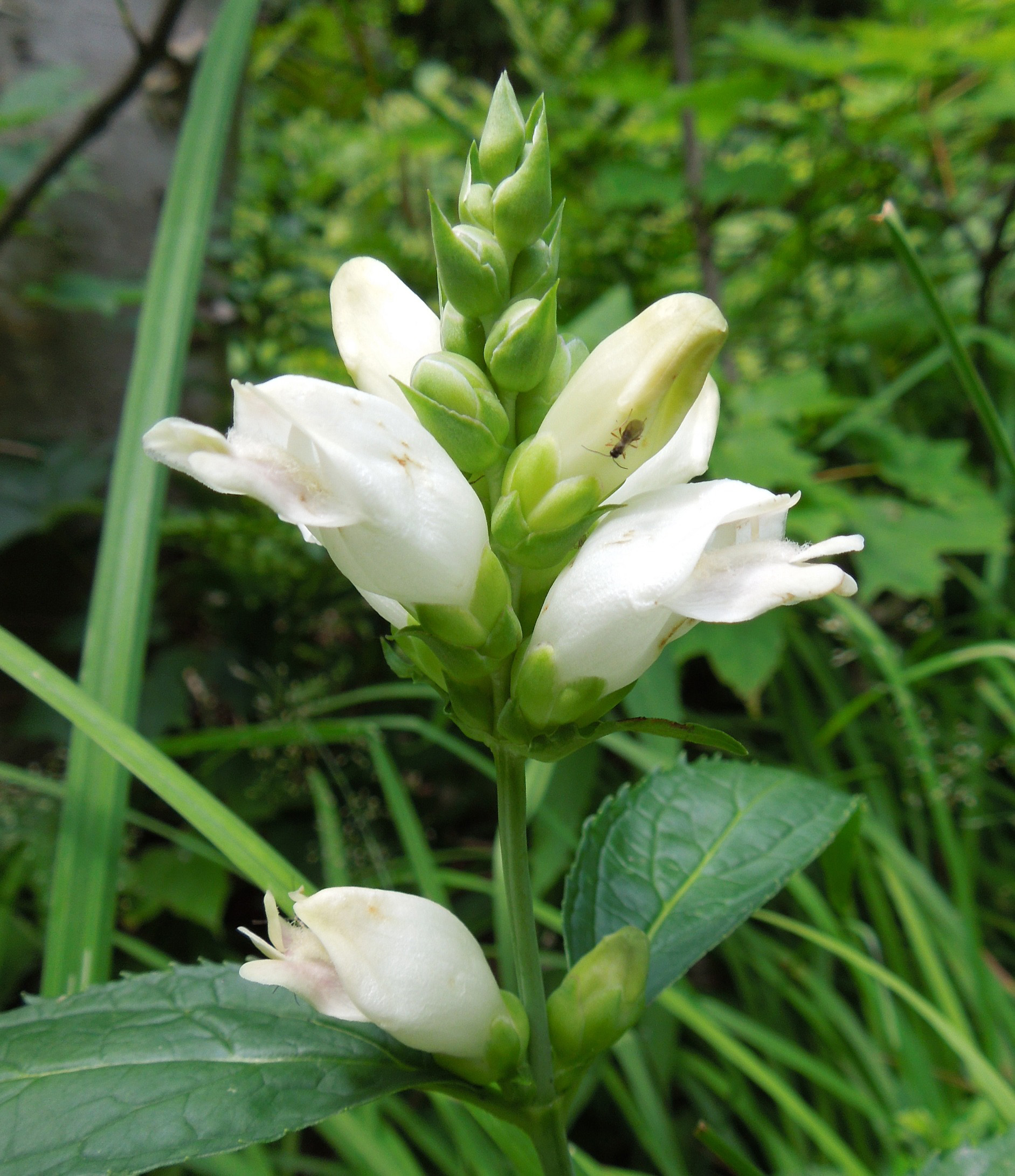
Many native plants offer beautiful showy flowers, produce abundant colorful fruits and seeds, and brilliant seasonal changes in colors from the pale, thin greens of early spring, to the vibrant yellows and reds of autumn. Your native garden can be a sculpted formal space designed with harmony, unity, and interest. Native plants provide a wealth of colors, textures, varying heights, and bloom times, resulting in a stunning display over multiple seasons.
Healthy Places for People:
When native plants thrive in their original environment, they create a natural habitat for wildlife that is both beneficial to the environment and adds life to your outdoor space. We think of the obvious pollinators, like bees, birds, and butterflies, but these plants can also help create homes for small animals, warm and cold-blooded, and microscopic organisms in the soil. All these living things have jobs to do; the natural environment promotes a symbiotic relationship.
Helping the Climate:
Landscaping with native plants can combat climate change. In addition to the reduced noise and carbon pollution from lawn mower exhaust, many native plants, especially long-living trees like oaks and maples, are effective at storing the greenhouse gas carbon dioxide.
Conserving Water:
Because native plants are adapted to local environmental conditions, they require far less water, saving time, money, and perhaps the most valuable natural resource, water.
Wildlife:
In addition to providing vital habitat for birds, many other species of wildlife benefits as well. The colorful array of butterflies and moths, including the iconic monarch, the swallowtails, tortoiseshells, and beautiful blues, are all dependent on very specific native plant species. Native plants provide nectar for pollinators including hummingbirds, native bees, butterflies, moths, and bats. They provide protective shelter for many mammals. The native nuts, seeds, and fruits produced by these plants offer essential foods for all forms of wildlife.
Annuals tend to all bloom at the same time of the season, while the perennials can be planned to offer a gardener’s reward throughout the growing season. Annuals do have their place in the garden and look magnificent within containers, but for long-lasting beauty, the additional benefits of sustainable landscaping and the wildlife it attracts and nourishes, a native perennial garden with blooms throughout the season is the only way to go.
Call Lincoln Landscaping today to create beautiful, functional and sustainable plantings within your yard. It is up to us and it is our responsibility to work together and do our part to combat climate change and help the birds, bees and butterflies avoid extinction. After all, what will happen to the flowers if they go away?
Lincoln Landscaping Inc of Franklin Lakes
“creating eco-systems”
Lincoln Landscaping “The Natural Choice”
Mike Kolenut President & CEO
https://lincolnlandscapinginc.com
(201) 848-9699

